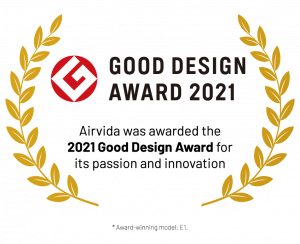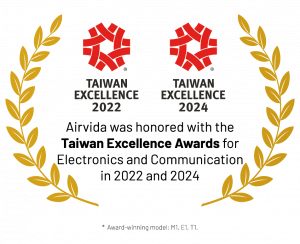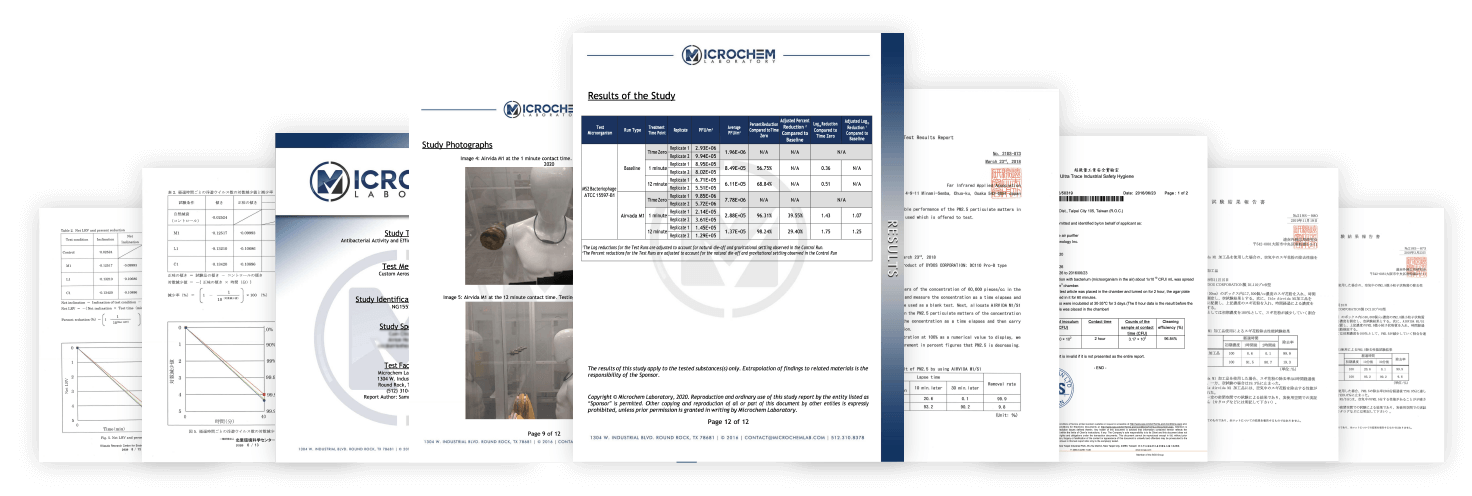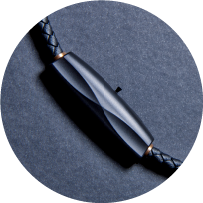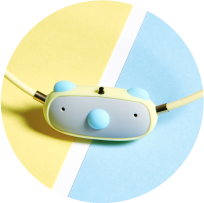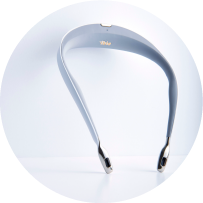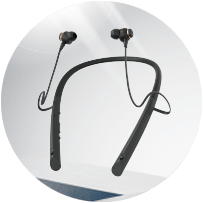Airvida – Wearable Air Purifier
99% pollen removal rate
(Far Infrared Association, Japan)
Scientific Testing Results of Airvida
.Airvida removes 99.9% of pollen & PM2.5 (air pollutant) from the air 1
(Far Infrared Association, Japan)
.Airvida removes 99.9% of viruses from the air 2
(Kitasato Research Center for Environmental Science, Japan)
1 Certified by the Far Infrared Association (Japan) under test reports 220S-1018, 219S-981, 219S-918, 216S-755, 218S-873, and 219S-985.
2 Testing conducted by Japan’s Kitasato Research Center for Environmental Science (Report No. 2020_0031) in a 0.2 cubic meter space using Escherichia coli phage MS2 NBRC 102619. Tested models: L1, M1, C1.
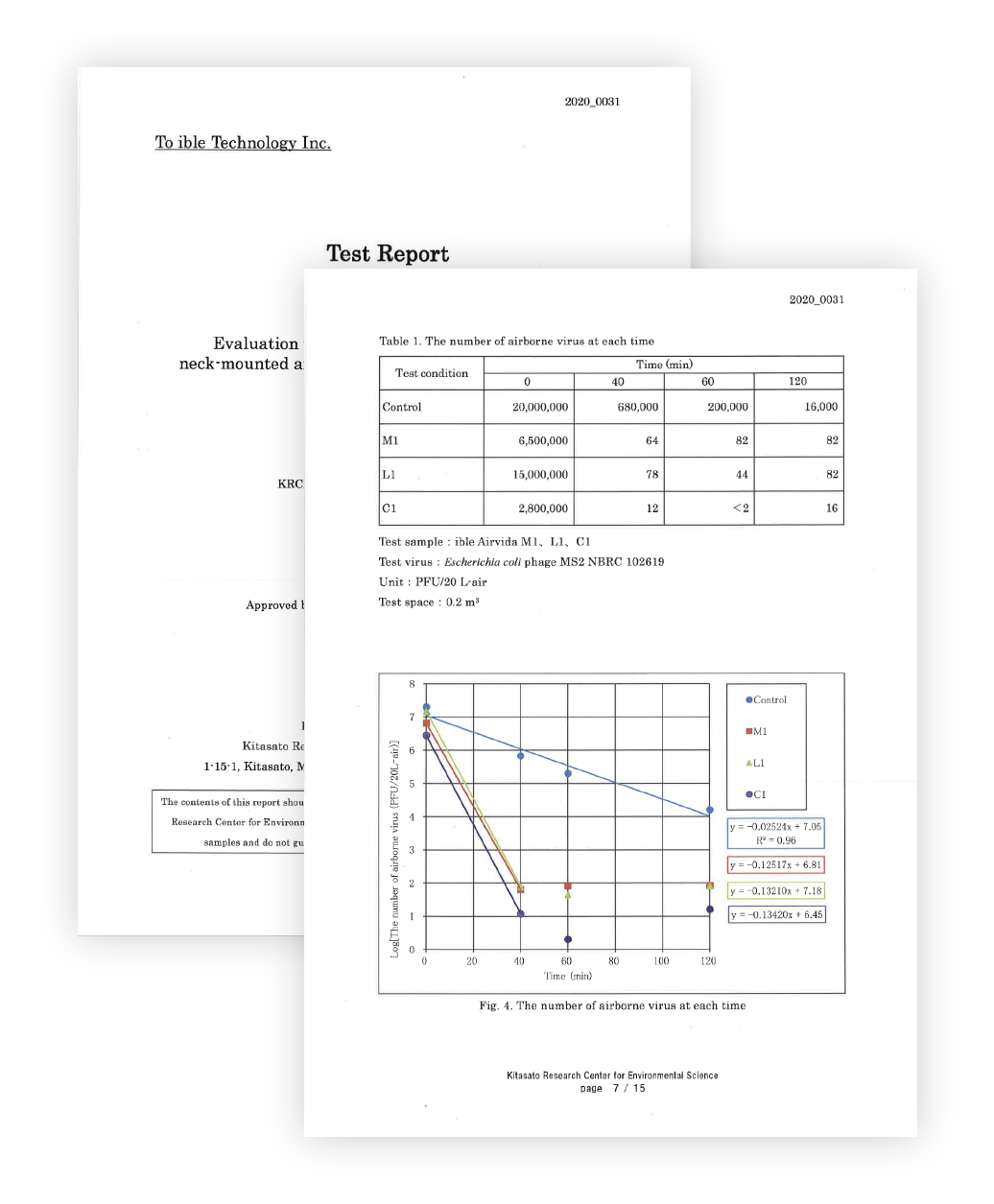
Do You Know?
Long-term exposure to PM2.5 is linked to higher risks of
ischemic heart disease mortality, cerebrovascular mortality, and strokes.
Source: Arteriosclerosis, Thrombosis, and Vascular Biology (Journal).
The Science Behind Airvida’s Purification
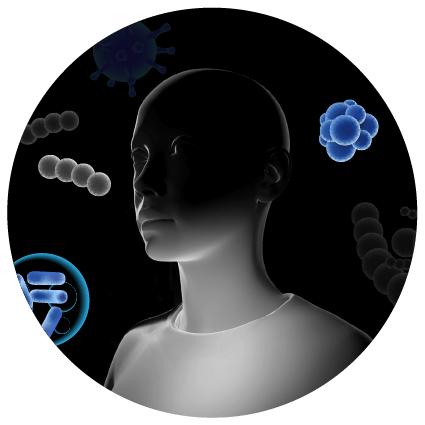
Airborne particles include
PM2.5, PM10, pollen,
formaldehyde, secondhand smoke, pet dander
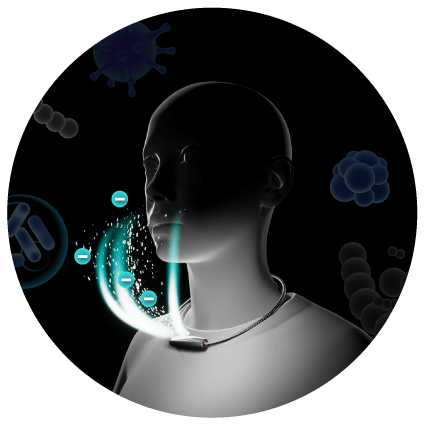
Airvida generates negative ions
Airvida generates 2 million negative ions every 0.6 seconds around the user’s facial area
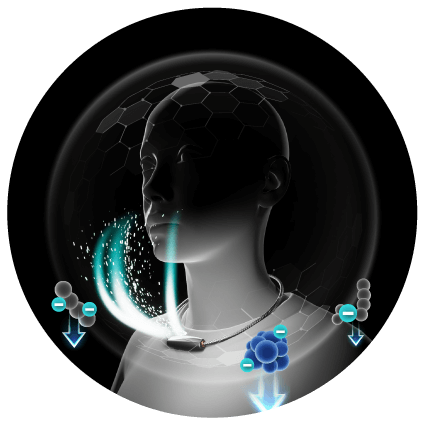
Negative ions attach to the particles within close proximity
Turning them into larger & heavier chunks that fall to the ground
PM2.5 Removal Test in Open Area | Verified Results
Tap the button to play the video
Certified by International Laboratories
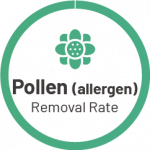
>99.9%
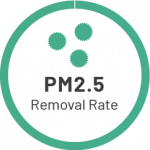
>99.9%

>99.9%
(Testing was conducted by Japan’s Kitasato Research Center for Environmental Science (Report No. 2020_0031) in a 0.2 cubic meter space using Escherichia coli phage MS2 NBRC 102619. Tested models: L1, M1, C1.)
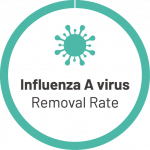
>99.7%
(According to the official test report No. 2022_0287 from Japan’s Kitasato Research Center for Environmental Science, Influenza A virus tests were conducted in a 0.2 cubic meter space. Tested models: E1, M2.)
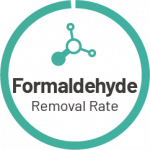
>99.0%
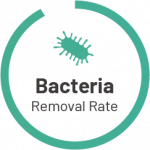
>90.8%
(Certified by SGS, Sci-tech, and Feifan under reports UG/2016/50319A-01, STI-20190606-014N, STI-20190417-009N, and FTS202303131E-1. The tested bacteria included environmental strains, naturally occurring airborne bacteria, and Streptococcus pneumoniae ATCC 49619. Tested models: L1, M1, C1, M2.)
Pollen / Allergens
Pet dander
PM2.5
Viruses in the air
International Recognition


